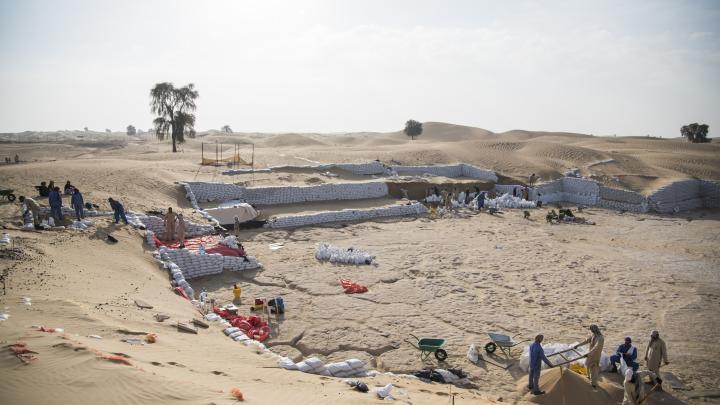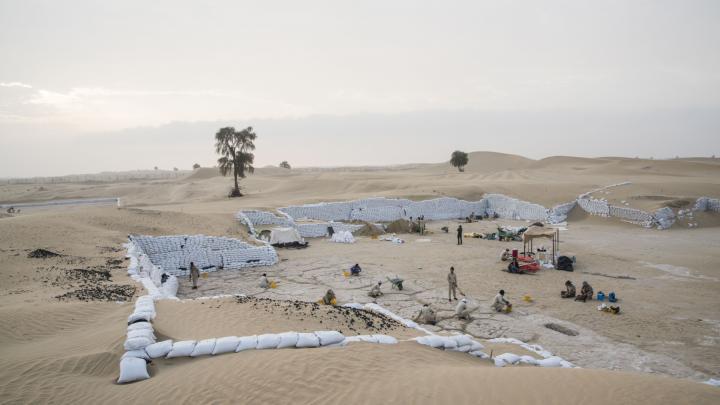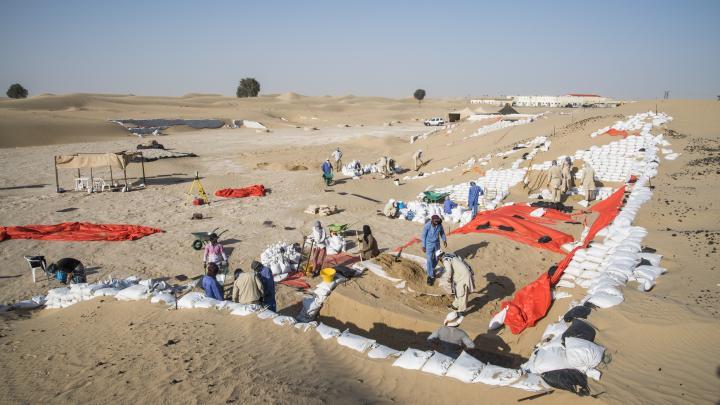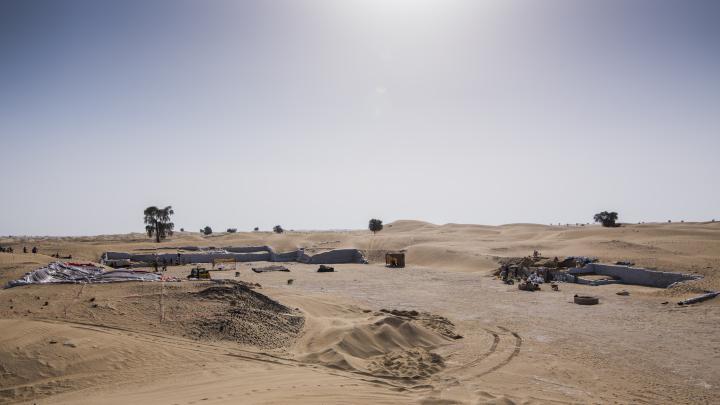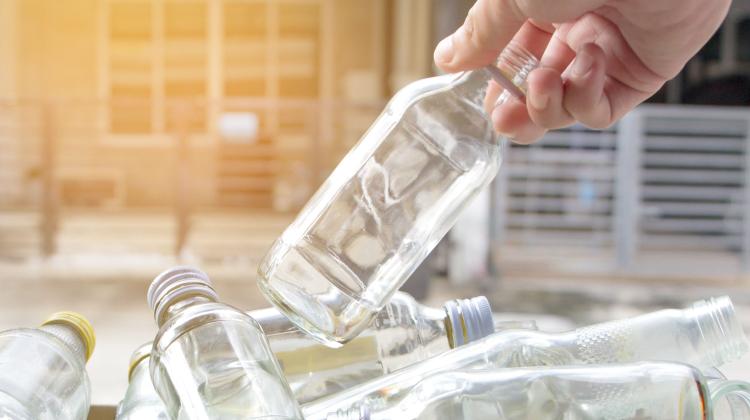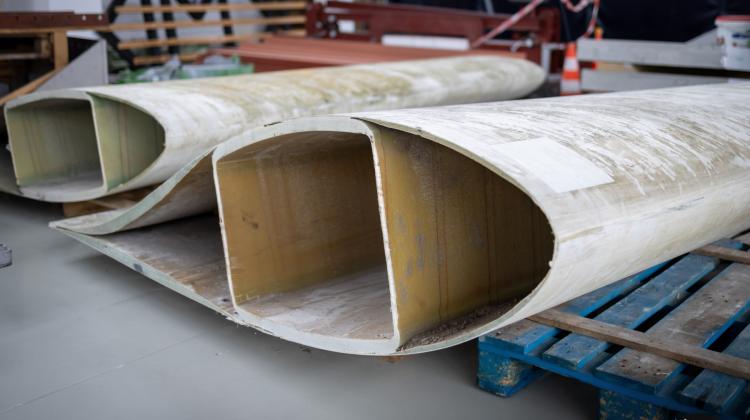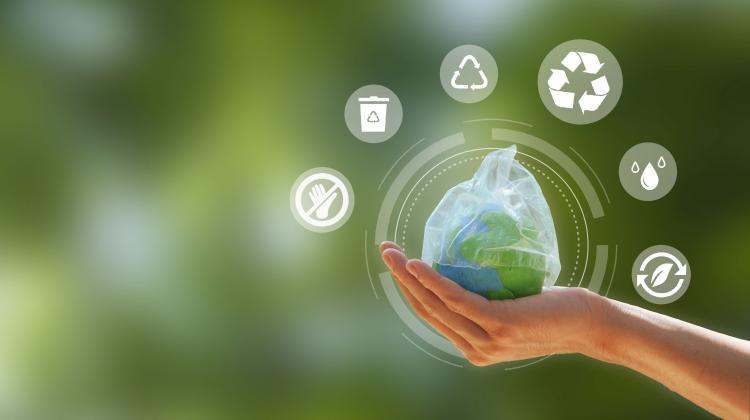Recycling in What is Now Dubai was Commonplace 3,000 Years Ago, Researchers Find
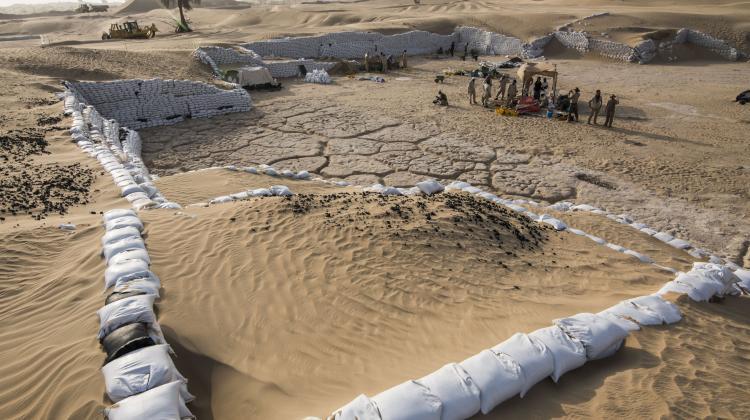 End of season in Saruq el Hadid. Credit: Jan Kurzawa
End of season in Saruq el Hadid. Credit: Jan Kurzawa
Metallurgists living in the southern part of the Persian Gulf (today's Dubai) 3,000 years ago used recycling, according to Polish scientists.
Head of research at ArcheoConsultant Dr. Karol Juchniewicz and his team found that objects in Sarug Al Hadid made from copper, bronze and iron were refashioned from broken ceramic vessels to make tools.
He said: “It is an interesting fact that a few thousand years ago, the inhabitants of this place implemented recycling. Broken ceramic vessels were not thrown away, instead they were only slightly modified and used as tools.”
Head of the Institute of Mediterranean and Oriental Cultures PAS, Professor Teodozja Rzeuska found that the tools were made only of ceramics made from one specific type of clay.
The researchers also discovered about 2,600 metal objects.
“They included weapons, decorations, jewellery and iconic or magical items, e.g. figurines of snakes', said Dr. Juchniewicz. The majority of them were probably made about 3,000 years ago, but researchers now know that metallurgical activities had been carried at the location even 1,000 years earlier.
The metallurgical centre was originally discovered in 2002 by the ruler of Dubai, Sheikh Mohammad bin Rashid al Maktoum while flying his helicopter over sand dunes in the Rub al-Khali desert.
He noticed that the dunes were arranged in an unusual way, with a large number of black stones between them. The sheikh reported the discovery to scientists.
When they arrived, they found that the black stones were slag, a by-product in the process of smelting metal.
Researchers were surprised by the huge amount of the material, showing that metals were smelted there on a massive scale.
During its heyday, the place looked very different to now. It was an oasis or oasis complex with a large number of trees. There were also lakes.
Dr. Juchniewicz said: “This is the only explanation for the location of metal production furnaces in a place that is today an endless desert.”
The site is supervised by Dr. Mansour Boraik on behalf of the Dubai monument protection services.
To date, archaeologists from various countries including Australia and Jordan have studied the metallurgical centre.
Now, in addition to Polish researchers, scientists from Spain and Germany are working on other parts of this site.
The next research season will start in January. The work is carried out in cooperation with the Institute of Mediterranean and Oriental Cultures PAS. (PAP)
author: Szymon Zdziebłowski
szz/ agt/ kap/
tr. RL
Przed dodaniem komentarza prosimy o zapoznanie z Regulaminem forum serwisu Nauka w Polsce.


